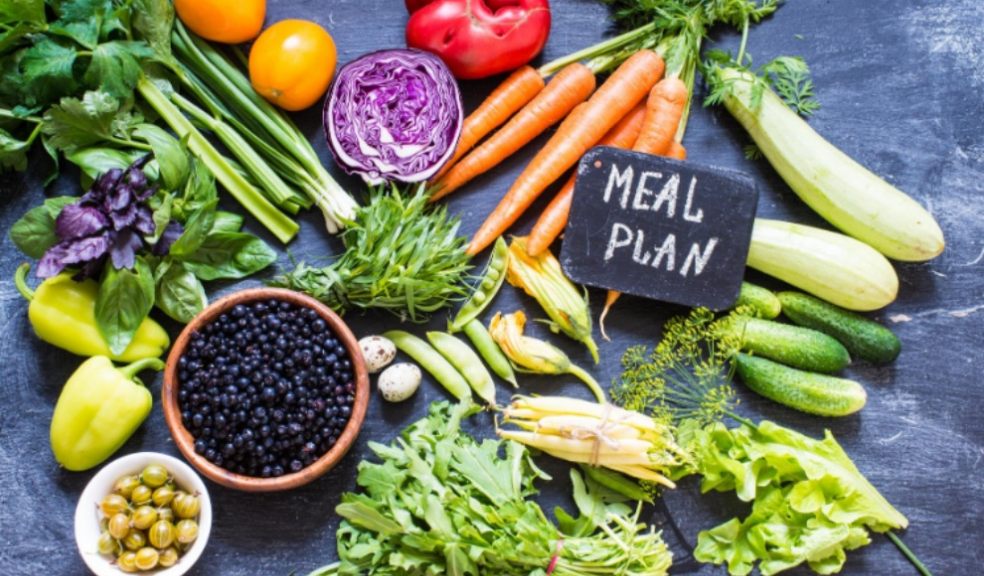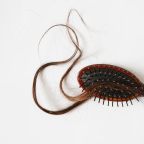
Heart Research UK Healthy Heart Tip using the Eatwell Guide
Using the Eatwell Guide to plan your meals
A healthy, well-balanced diet is important for managing your weight and preventing serious health problems, including heart disease. The Eatwell guide is a visual tool that represents government guidelines on healthy eating.
In this Healthy Tip, we give you some tips for planning a healthy, well-balanced diet using the Eatwell Guide.
What is the Eatwell Guide?
The Eatwell Guide shows the proportions of different types of food that make up a healthy diet. This is represented as a plate, which is divided into five food groups.
The Eatwell Guide is appropriate for most people, but it should not be used in meal-planning for very young children.
It is not essential to achieve this balance with every meal, but it is good to try to get the proportions right over a day or longer. Try to consume a variety of foods from each of the food groups to ensure you consume a range of nutrients.
Fruit and vegetables
Fruit and vegetables should make up over a third of the foods in your diet as they are a good source of vitamins, minerals and fibre. However, most people do not eat enough. Fresh, frozen, tinned, dried or juiced fruit and vegetables all count. Fruit juice and/or smoothies should be limited to around 150ml a day due to their high sugar and low fibre content. Try adding fruit to breakfast cereals and increase the amount of veg or salad in your lunches and evening meals.
Potato, bread, rice, pasta and other starchy carbohydrates
Starchy foods, such as pasta, rice, bread, breakfast cereals and potatoes provide us with energy and essential nutrients. These starchy foods should make up just over a third of your diet.
Choose wholegrain versions, such as wholemeal pasta, brown rice, wholemeal bread and wholegrain breakfast cereals.
You can also try to leave the skin on potatoes for extra fibre. Get your day off to a good start with a bowl of wholegrain cereal or a slice of wholemeal toast with some fruit.
Beans, pulses, fish, eggs, meat and other proteins
Try to include beans, pulses, fish, eggs, meat or other protein with most meals.
These foods are a good source of protein, vitamins and minerals. Try to choose a lean cut of meat, such as chicken without the skin, as it is lower in saturated fat. If you eat fish, aim to have two portions every week, including a portion of oily fish, such as salmon, mackerel or sardines as these contain the essential fatty acids that are good for your heart.
Oils and spreads
Try to choose unsaturated oils and spreads, such as rapeseed, vegetable, olive and sunflower oils. Try to cut down on butter, hard margarine, coconut oil and animal fats as these are all high in saturated fat, which can increase your risk of heart disease. When cooking fatty meats, such as bacon, cut away as much of the fat as possible. All fats are high in calories (energy) and should be consumed in small amounts.
Dairy and alternatives
Try to include some dairy or a dairy alternative with each meal. Products such as milk, cheese and yoghurt are a good source of protein as well as some vitamins. They are also a key source of calcium which is vital when it comes to keeping your bones strong. Choose lower fat and sugar dairy products where possible. This includes reduced fat cheese or fat-free and sugar-free yoghurt.
High fat, salt and sugar foods
Foods that are high in fat, salt and sugar should be consumed in small amount.
These foods, which can be eaten as an occasional treat, include chocolate, cakes, biscuits, sugary soft drinks, butter and ice cream.
Water, lower fat milk, sugar-free drinks.
Aim to drink around six to eight glasses of fluid every day. Water, lower fat milk and low sugar/sugar free drinks (including tea and coffee) all count. Fruit juice and smoothies can also count towards our fluid consumption. However, they can be high in sugar and low in fibre, so we should drink no more 150ml of these in a day.
You can find more healthy tips, recipes and advice at heartresearch.org.uk.













